2009 Nissan Maxima – Click above for high-res image gallery
The latest Nissan out of the gate - the sixth model to wear the "Maxima" designation - gets a significant redesign for 2009. Launched in 1985, the first Maxima was a praised departure from its predecessor, the rear-wheel-drive Datsun 810. Reconfigured as front-wheel-drive, the newly-named sedan foreshadowed the arrival of Nissan's "4-Door Sports Car" or "4DSC", a name aptly-coined for the 1989 model. While each subsequent generation seemed to soften (much to the lament of enthusiasts), the automaker claims this ground-up remake once-again earns the 4DSC moniker. Follow the jump to see if Nissan succeeded.
Photos Copyright ©2008 Michael Harley / Weblogs, Inc.
Compared to the outgoing model, the new Maxima is shorter (in height and length) and wider (in both track and width) with a wheelbase reduced by two inches. Built on the D-platform that's shared with the Altima and Murano, the Maxima's styling is designed to exude sport over luxury-and it does so with more than a hint of the Nissan GT-R in the front end.

The most controversial styling element is found on the headlamps with their quirky trailing hook. In person, they are hardly noticeable as your eyes are instead immediately drawn to the muscular rear flanks that make the greenhouse appear much smaller than it truly is. With a subtle power-bulge in the hood and just enough chrome to soften the rough edges, the Maxima maintains an aggressive, if not polarizing, posture.


Nissan is offering the Maxima with several different packages and a treasure chest of options oriented toward both sport and luxury. You can seriously load it up with enough fluff to compete head-to-head with the Infiniti M. Without hesitation, we grabbed the keys to a Sport Package model, visually differentiated by its 19-inch wheels and rear spoiler.

Justifying the claim as a reincarnated 4DSC, Nissan fits the Maxima with a powerful adaptation of the now-familiar VQ powerplant. Still displacing 3.5-liters, the engine is now rated at 290 horsepower and 261 lb-ft of torque. Horsepower is up 35 over the last model, while torque increases 9 lb-ft. Even with the boost in power, Nissan is claiming fuel economy of 19 mpg in the city. On the highway, the new sedan is rated at 26 mpg (1 mpg better than before). Nissan's Xtronic S-CVT (Continuously Variable Transmission), the automaker's alternative to the traditional stepped transmission, is again the only transmission available on the Maxima. In addition to the standard "D" mode, Nissan is now touting a new "drive sport" ("Ds") mode for enthusiasts designed to increase acceleration feel and maintain engine speed during cornering.
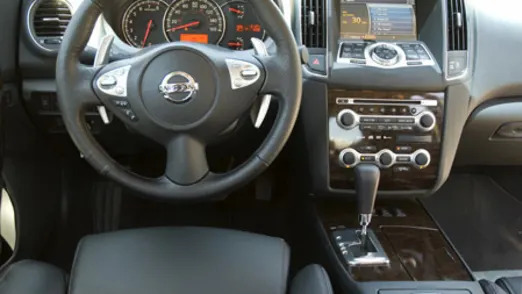
From a driver's standpoint, Nissan nailed the cockpit (let's hope the same team is putting the final touches on the next-gen Z due due out in November). The adjustable steering wheel offers the proper diameter, the perfect thickness, and a pleasantly tactile texture and grip. The HVAC primary controls are round dials, and the NAV screen is easy-to-read. Settling into the cabin, the driving position is near optimal. Our six-foot two-inch frame found plenty of leg, shoulder, hip, and headroom in the generous front seats (embarrassingly a bit wider to fit American derrières). Our prototype had lumbar support and an adjustable thigh booster, too. If you can't get comfortable in the front seats of this car, make an appointment with a chiropractor.


Nissan's goal was to make the Maxima the best front-engine, front-wheel-drive sport sedan in the world. To prove their point, the planners charted our driving route to include stop-and-go city traffic, long freeway stretches, and plenty of back roads canyon-carving through the mountains of Southern California. With a press of the "start" button, it was time to see what the engineers had delivered...

Fighting LA traffic as our departure from the hotel, we immediately noticed the improved chassis. Regardless of the potholes and expansion joints, the cabin was free from bothersome NVH irritations. Another observation... from the driver's seat, the exhaust signature from the dual tips is inaudible. The intake roar, to which Nissan paid special attention, is very apparent under nearly all throttle increases. Hit the gas, and the engine roars. It is satisfying, even if the noise is coming out of the wrong end of the car.
Nearly an hour later, miles from downtown, we really opened it up. Touring through mile after mile of near-deserted canyon roads with our heavy lens-laden camera backpack on the rear seat, we found ourselves nonchalantly cornering hard enough to send the equipment flying to the other side of the car and back repeatedly. Wisely, we moved it to the floor... where it proceeded to easily clear the exhaust "hump" on the floor and still sail to the other side. The Maxima was performing well, very well, and without any unnecessary drama from the driver's observation. As expected, at the limit of adhesion (a tire problem-not a suspension weakness) the nose-heavy sedan will eventually understeer. On public roads, however, you'll land yourself in deep trouble with the law long before you run out of grip.

Nissan engineers also burned the midnight oil in an effort to eliminate torque steer. They apparently succeeded. On a barren road, with the car stopped and our hands in the air, we put the transmission in "D" and floored it. The Maxima accelerated forward... in a completely straight line. We tried again, and the results repeated themselves. Don't get us wrong, like all FWD vehicles you can still feel torque nudging on the front wheels under power, but Nissan appears to have eliminated the most obvious "I'm ripping the steering wheel out of your hands" sensation.
The brakes have been upgraded in the new model as well, and it shows. We slammed them hard, from illegal speeds, and they clamped down on the four ventilated rotors with pit-bull aggression. Only after repeated sadistic abuse did they start to show signs of fade. While the brakes performed admirably, the transmission seemed entirely confused by our odd driving habits. We were obviously not fitting any of its pre-programmed algorithms, and it would frequently take a few seconds to re-orient itself before resuming normal operations.
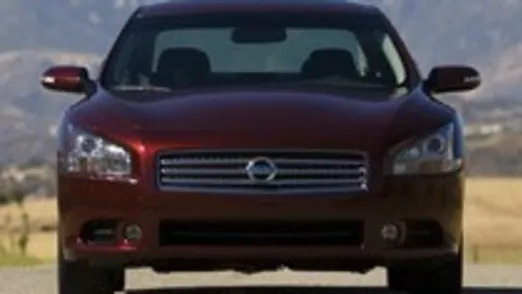

As enthusiasts, we were totally unable to embrace the CVT. It may be the perfect transmission for 98 percent of the car-buying public, but we prefer something with cogs. An enthusiast learns to drive by listening to the relationship between engine RPM and vehicle speed. A CVT-holding the engine speed steady offers none of that feedback to throttle inputs. Furthermore, we frequently found ourselves wanting a bit more power mid-corner, and the CVT was slow to respond. Even with an artificial "downshift" initiated via the paddle-shift (it wouldn't let us drop below fourth gear most of the time), the response was frustrating. We tired quickly of the "Ds" mode, and instead chose to leave it in "D" where we found power by simply flooring the accelerator and waiting for everything to catch up.
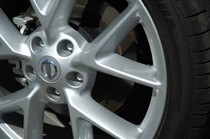
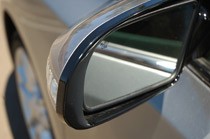
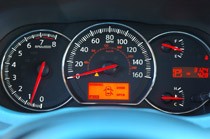
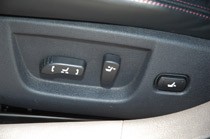
With the canyons far behind us and nothing but expansive LA freeways and surface streets in our windshield, the CVT was in its element. Seamless acceleration in light traffic combined with the VQ's big torque curve to make power delivery very comfortable. The automatic climate control kept us cool as temps blistered on the other side of the glass (a toasty 115 F. indicated on the OBC). Outward visibility was good, although the exterior mirrors with their massive plastic housings could offer a wider field of view.
The Bose audio system was a disappointment. Upgraded over the standard audio package, the sound was distant and a bit muddy. There are no tweeters mounted on the inside of the doors, so the sound is forced out of the dash-mounted speakers – way up front – and bounced off the glass. We tweaked around with it for a long time before simply giving up. With our best attempts still resulting in unimpressive sound, we simply turned it off and enjoyed the music coming from the VQ's intake for the remainder of the drive.

As we stood in the lobby of the hotel at the end of the day, the obvious question was whether or not this new Nissan was really all that different from its predecessors. Had the automaker reinvented the "4-Door Sports Car" again, or was this just another downhill slide of the Maxima legacy? The indication we were given in our 200-plus miles behind the wheel is that this car is a step forward for the Maxima. As for whether or not it deserves that "4DSC" sticker on the rear window once again, let's just say that real sports cars don't use CVT transmissions.
Photos Copyright ©2008 Michael Harley / Weblogs, Inc.
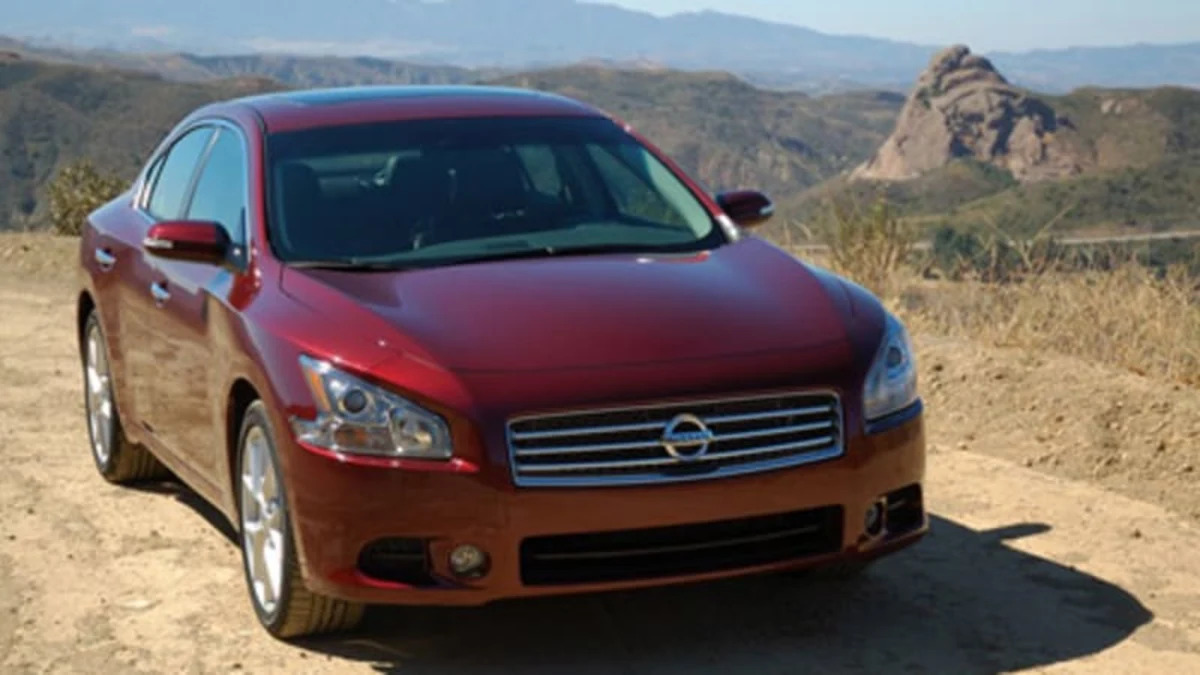

Sign in to post
Please sign in to leave a comment.
Continue